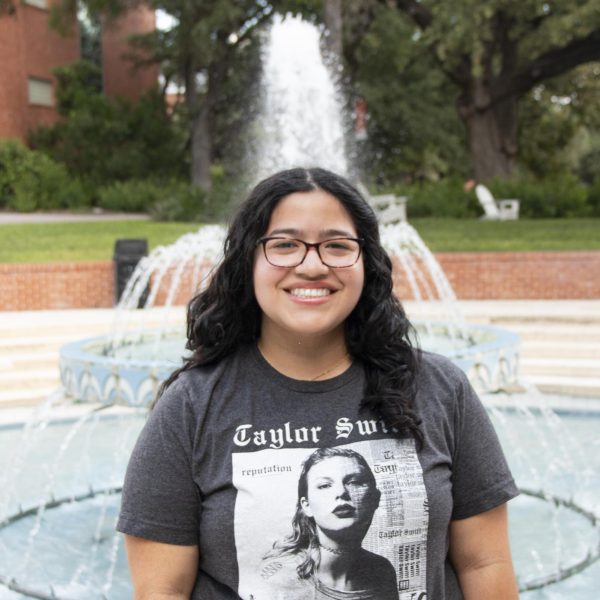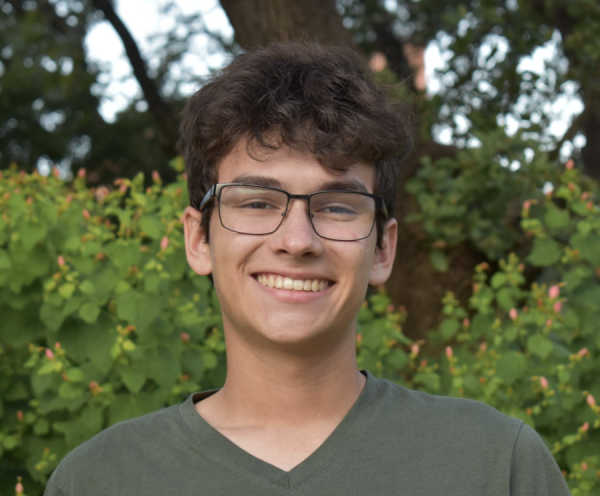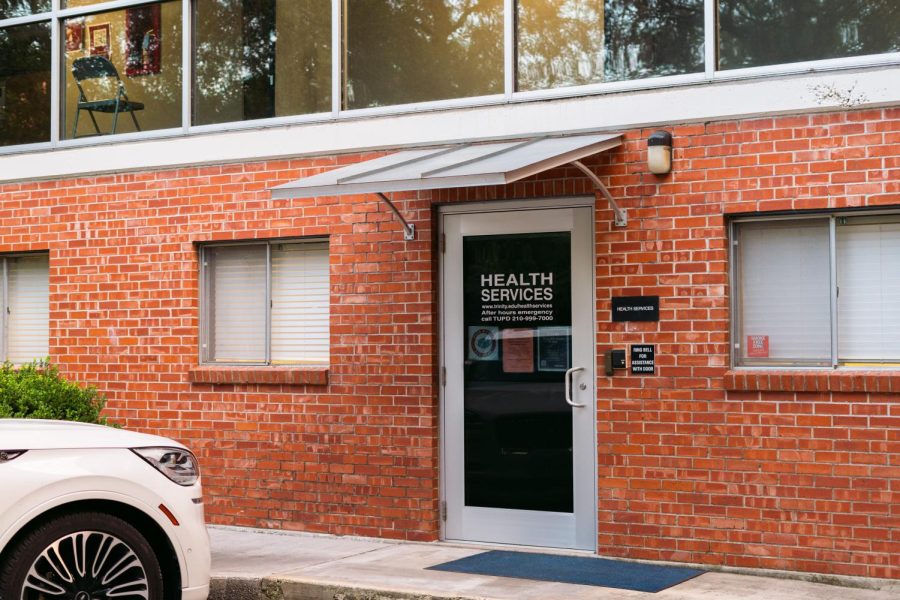Blame it on the Pandemic:
COVID restrictions over the years
The Covid Center is located in Myrtle above the Health Services office.
My fall semester has come with a “blame it on the pandemic” mentality, where seemingly every problem I run into is because of COVID. Social anxiety and construction delays? COVID.
For me, a world where COVID always exists as an ever-looming threat is the new normal. Cases rise in sporadic bursts. A positive test comes with notifying close contacts and quarantining from society, an all-too-familiar dance perfected by the virus and its many variants.
As I make my daily trek from lower to upper campus, I’m constantly reminded of social distancing, isolation and virtual learning. “Please keep your distance” and “traffic this way” signs frame stairwells and hallways, mementos of a past that many still see the effects of today.
The pandemic hit in the spring of my sophomore year of high school, and the idea of starting anew in college was refreshing, but also uncertain.
Prior to my arrival on campus this past August, I consumed as much Trinity content as I could. I combed through the parent Facebook page (with my mom’s account), and watched every recommended TikTok video about college dorm decor.
I had a rapidly growing corner in my room dedicated to “college stuff,” but my clothes stayed in drawers and I didn’t start packing for college until two weeks prior to moving in.
Due to my year and a half of virtual school, I didn’t get a gradual transition from high school to college. I felt like I was a sophomore in high school for three years and then was suddenly pushed into the “real world” in the span of three months.
During these unprecedented times, teenagers across the globe were starting college, and the classes of 2024 and 2025 faced setbacks before they arrived on campus.
The class of 2024 endured virtual admissions and orientation process, and of the 634 admitted tigers, 535 incoming first-years moved in, all facing COVID measures once they arrived at Trinity.
The class of 2024 met a one-student one-unit housing requirement, mandatory COVID testing at move-in and a health tracker app to monitor the virus’s spread, on top of health and safety guidelines already in place established by the CDC.
As the pandemic stretched on, the Trinity admissions team reimagined the college application season. When the class of 2025 came to campus, they endured a hybrid recruitment process and orientation experience.
Prospective student events became virtual tours, admissions implemented a test-optional policy and admitted Tiger Days were reinstated for incoming first-years to experience Trinity firsthand.
With a COVID testing requirement at move-in and mask requirements in response to the Delta variant, the class of 2025’s first year of college was a transitional period. Professors were teaching in-person classes for the first time since the virus hit, and the fall of 2021 was the first time in over a year the class of 2025 had been in a physical classroom.
For the class of 2023, the pandemic hit in the spring of their first year of college, consequently tainting their sophomore and junior years as well. They’ve had virtual internships and leadership positions, but they’re also the last students who remember Trinity as it was pre-pandemic.
When thinking about things lost during the pandemic, one can’t forget the unusual commencements for the classes of 2020 and 2021. They finished their college careers in the midst of social turmoil, graduating virtually or in the rain.
As someone in the class of 2026, I can’t help but be thankful that my first semester of college has been surprisingly normal. I didn’t have to take a COVID test at move-in, and all of my classes have been in-person.
While I’ve settled in this fall, I think about the juniors who didn’t live in the first-year area, the seniors whose first-year was cut short and the alumni whose final days at Trinity didn’t end with a tower climb. When I look forward to next semester and the arrival of the class of 2027 next fall, I know COVID will never be forgotten, but will instead remain a fixture in our past that coexists with the present.

Hi! My name is Monica Martinez (she/her), and I’m a Junior human resource management and communication double major. I am a news reporter for the Trinitonian...

My name is Sam (he/him) and I'm a photographer here with the Trinitonian. I'm a senior Communications and German double major from Austin, Texas, and...



